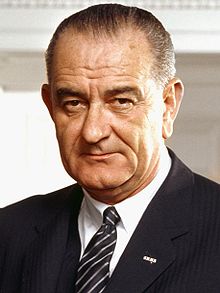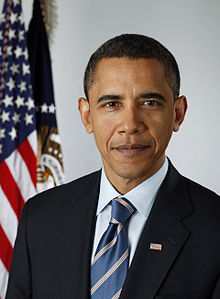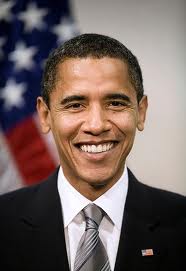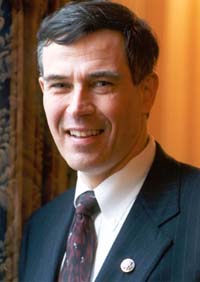For some background, see our earlier post, Mindgrowth – affordable, effective biofeedback devices.
The United States military and veterans hospital systems are making effective and widespread use of biofeedback ((Biofeedback, as defined by the United States National Institutes of Health.)) in treating PTSD ((Post-Traumatic Stress Disorder; see, inter alia, “Traumatic Stress,” by the Harvard Physician Bess van der Kolk. For other examples see Tackling fears, virtually (Times Colonist, October 8, 2009;Stress management program helps soldiers with PTSD Florida Times-Union, 28 Sep 2009))
That biofeedback (sometimes referred to as “neurofeedback”) can be of medical use seems uncontroversial. The desired end-state, of course, is for the patient to beable to reproduce the same effect (e.g., not panicking when exposed to loud noises) under normal circumstances and without the use of the equipment.It’s a process of learning and unlearning, and like any such process, some repetition is in order.
Why, then, would the government use this equipment widely, but have a rule which prohibits prescribing or dispensing the equipment so that patients can take the devices home and practice with them between office visits. Link to VA Regulation (excerpted in footnote) ((http://www.va.gov/hac/forbeneficiaries/champva/policymanual/champva/chapter2/1c2s30-5.htm, or http://tinyurl.com/yfyywhd
VI. EXCLUSIONS
A. Biofeedback for hypertension.
B. Biofeedback for the treatment of migraine headaches.
C. Biofeedback therapy provided for the treatment of ordinary muscle tension or for psychosomatic (i.e., psychophysiological or psychological factors affecting a medical condition) conditions (CPT codes 90901, 90875, and 90876). [38 CFR 17.272(a)(71)]
D. Rental or purchase of biofeedback equipment. [38 CFR 17.272 (a)(70)]
E. Treatment of psychosomatic conditions (i.e., psychophysiological or psychological factors affecting medical condition) and for CPT codes 90875 and 90876. This exclusion includes individual psychophysiological therapy incorporating biofeedback training.))
We’d welcome learning that we’ve misread the rule, or that there’s a good reason for it – devices powered by two “AA” batteries don’t generally pose much risk.
But if our reading is correct, who benefits from this rule?
Continue reading →







 and without tracking software – used for, among other things, pain management/reduction, treating PTSD, panic disorders, and other uses.The GSR2 (pictured below) is designed and manufactured in North America by
and without tracking software – used for, among other things, pain management/reduction, treating PTSD, panic disorders, and other uses.The GSR2 (pictured below) is designed and manufactured in North America by